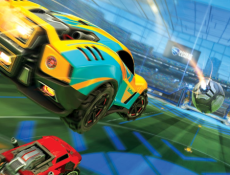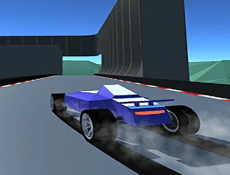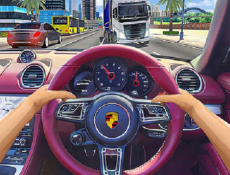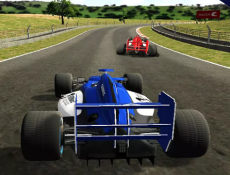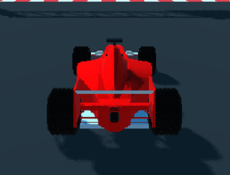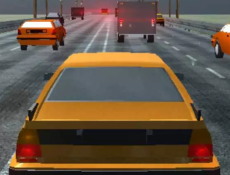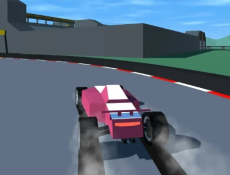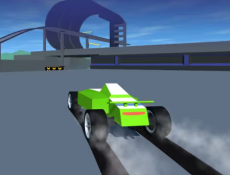

Racing Games
Racing games captivate with their high-octane, speed-focused gameplay, inviting players to master the art of racing through beautifully crafted and sometimes treacherous tracks. Whether zipping through neon-lit city streets, rugged mountain passes, or sleek professional circuits, these games offer a diverse array of environments that challenge both reflexes and racing strategies.
Sophistication in Simulation and Control
At the heart of many racing games is a deep commitment to realism, achieved through advanced physics engines that meticulously simulate vehicle behavior. Players experience the genuine heft and maneuverability of a variety of vehicles, from nimble sports cars to massive trucks, each designed with specific handling traits. Real-world factors such as weather impacts, track surface texture, and wear and tear on vehicles influence race outcomes, compelling players to adapt their driving techniques to maintain control and speed.
Customizing the Ride
A significant draw of racing games is the ability to customize and upgrade vehicles, a feature that caters to both casual players and automobile enthusiasts. Options for customization often include:
- Engine enhancements for increased power and acceleration
- Suspension adjustments to refine handling on various terrains
- Cosmetic alterations for personalizing vehicle aesthetics
- Exhaust modifications to boost efficiency and sound
These modifications allow players to tailor their vehicles to their preferences, potentially improving race performance and ensuring that no two vehicles on the track are exactly alike.
Progressive Gameplay Elements
Progression in racing games is typically structured around a series of championships and standalone events, guiding players through increasingly challenging scenarios. Success in these events often requires mastering different vehicle classes and adapting to diverse racing styles, from drag racing to circuit races. This progression system rewards skill development and strategic planning, with each victory bringing players closer to unlocking elite competitions and high-performance vehicles, thus sustaining engagement through a sense of achievement and continuous improvement.










